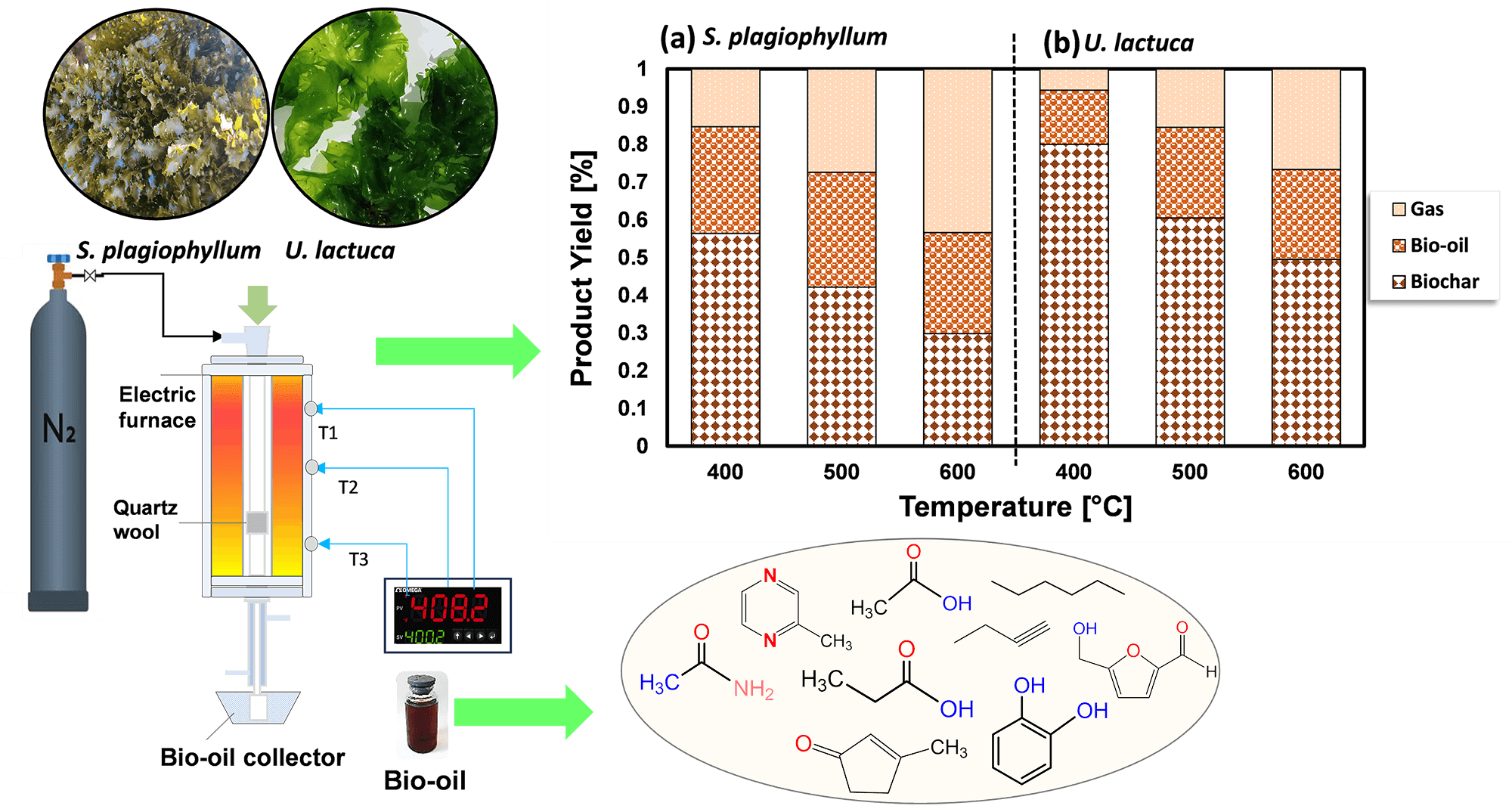 Open Access
Open Access
ARTICLE
Apip Amrullah1, Widya Fatriasari2, Novia Amalia Sholeha3, Edy Hartulistiyoso4, Obie Farobie4,*
1 Departement of Mechanical Engineering, Lambung Mangkurat University, Banjarmasin, South Kalimantan, Indonesia
2 Research Center for Biomass and Bioproducts, National Research and Innovation Agency (BRIN), Cibinong, Bogor, Indonesia
3 College of Vocational Studies, IPB University, Bogor, West Java, Indonesia
4 Department of Mechanical and Biosystem Engineering, IPB University, Bogor, West Java, Indonesia
* Corresponding Author: Obie Farobie. Email:
(This article belongs to the Special Issue: Special Issue in Celebration of JRM 10 Years)
Journal of Renewable Materials https://doi.org/10.32604/jrm.2024.050201
Received 30 January 2024; Accepted 06 May 2024; Published online 07 June 2024

View
Download
Like
Polyisocyanuratoesters: Renewable Linear Polyesters with High Flame Retardancy
Zijian Chen, Rui Hou, Jianbing...Nanostructural Evolution of Sugarcane Rind and Pith Submitted to Hydrothermal Pretreatments
Marcelo M. Oliveira, Antônio A....Enzymatic Hydrolysis of Sugarcane Biomass and Heat Integration as Enhancers of Ethanol Production
Reynaldo Palacios-Bereche, Adriano...